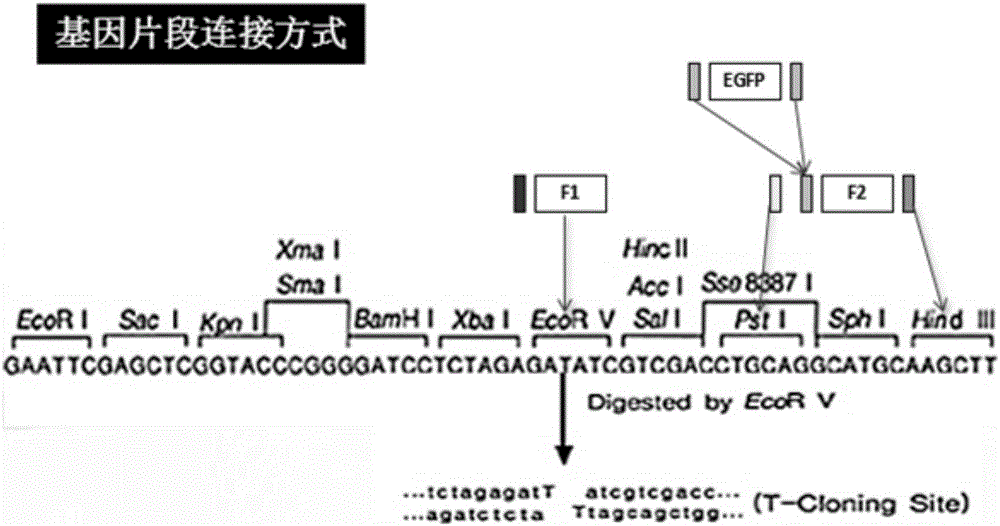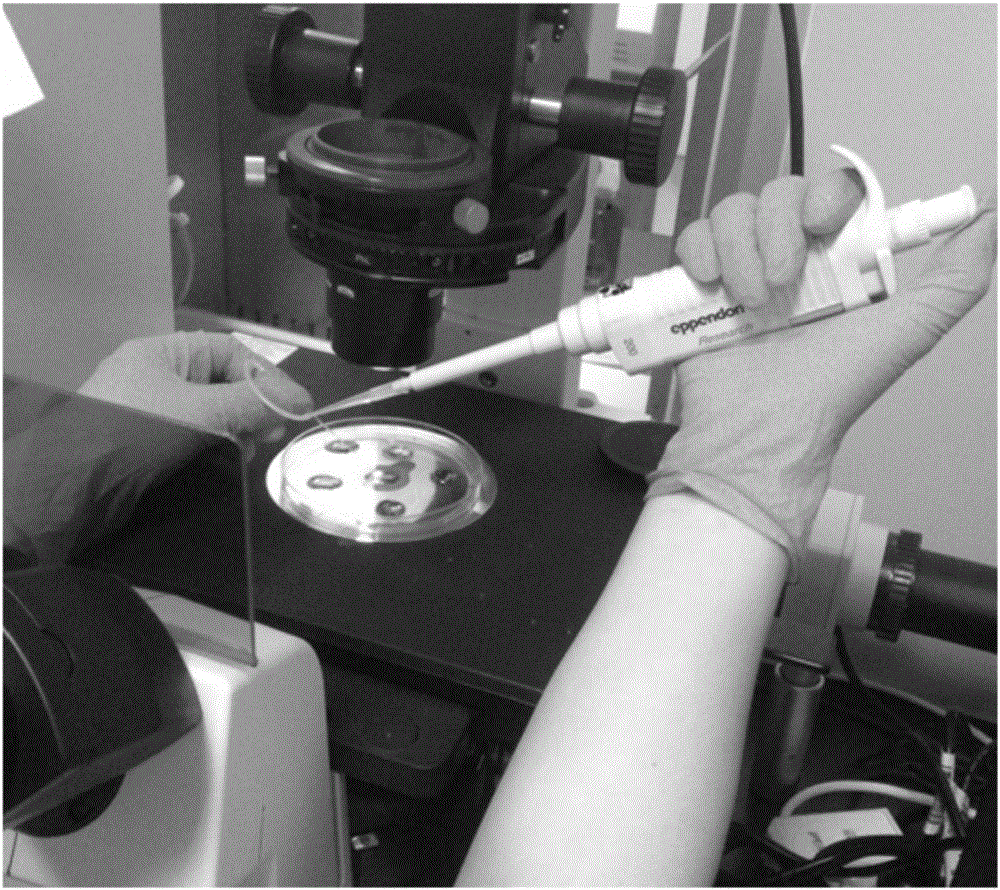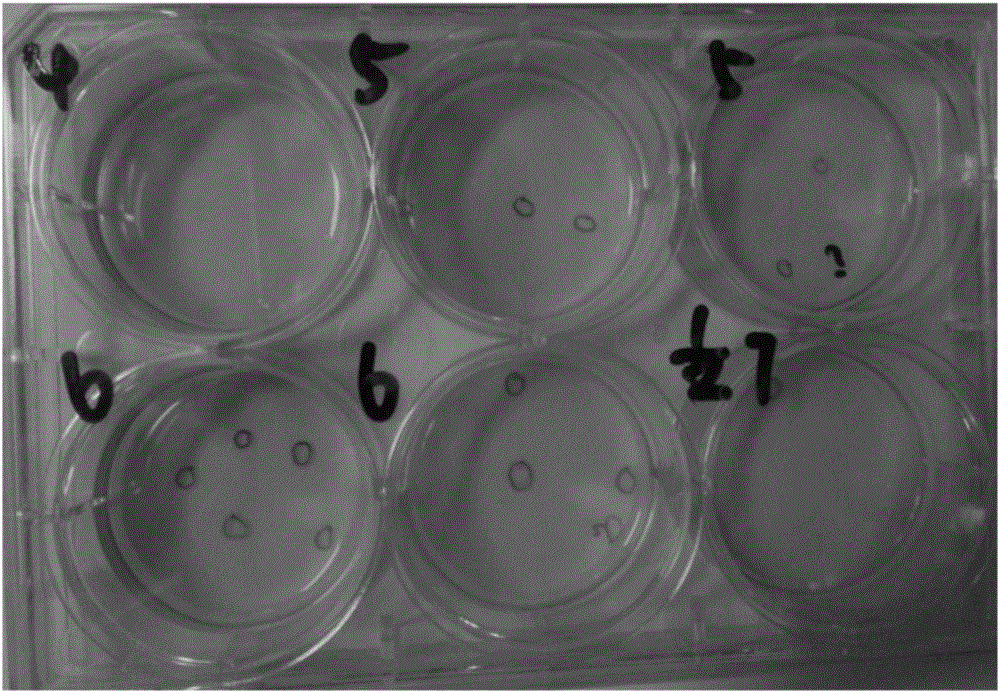Method for improving homologous recombination efficiency and recombination virus screening of pseudorabies virus
A pseudorabies virus, homologous recombination technology, applied in the fields of botanical equipment and methods, biochemical equipment and methods, viruses, etc., can solve the problems of inability to grade separation, delay research progress, and high equipment requirements, achieve low cost, maintain Cell integrity, controllable effects
- Summary
- Abstract
- Description
- Claims
- Application Information
AI Technical Summary
Problems solved by technology
Method used
Image
Examples
Embodiment 1
[0048] Example 1 Improving the Efficiency of Homologous Recombination of Pseudorabies Virus
[0049] 1. Experimental materials
[0050] The virus is a new epidemic strain of pseudorabies virus isolate PRV-AH.
[0051] The BHK-21 cell line and the pEGFP-N1 fluorescent plasmid were provided by the Department of Microbiology, School of Veterinary Medicine, South China Agricultural University.
[0052] pMD™18-T Vector Cloning Kit was purchased from TaKaRa Company.
[0053] The primers used were synthesized by Sangon Biotech (Shanghai) Co., Ltd.
[0054] 2. Experimental method
[0055] (1) Construction of the pseudorabies virus AH strain transfer vector pMD-F1F2-EGFP containing the complete expression cassette of the EGFP gene:
[0056] According to the gene sequence of PRV ZJ01 strain (GenBank: KM061380.1), the primers F1S / F1A and F2S / F2A of the left arm of the homology arm and F2 primers of the right arm of the homology arm were respectively designed with the software Primer5...
PUM
 Login to View More
Login to View More Abstract
Description
Claims
Application Information
 Login to View More
Login to View More - R&D
- Intellectual Property
- Life Sciences
- Materials
- Tech Scout
- Unparalleled Data Quality
- Higher Quality Content
- 60% Fewer Hallucinations
Browse by: Latest US Patents, China's latest patents, Technical Efficacy Thesaurus, Application Domain, Technology Topic, Popular Technical Reports.
© 2025 PatSnap. All rights reserved.Legal|Privacy policy|Modern Slavery Act Transparency Statement|Sitemap|About US| Contact US: help@patsnap.com



